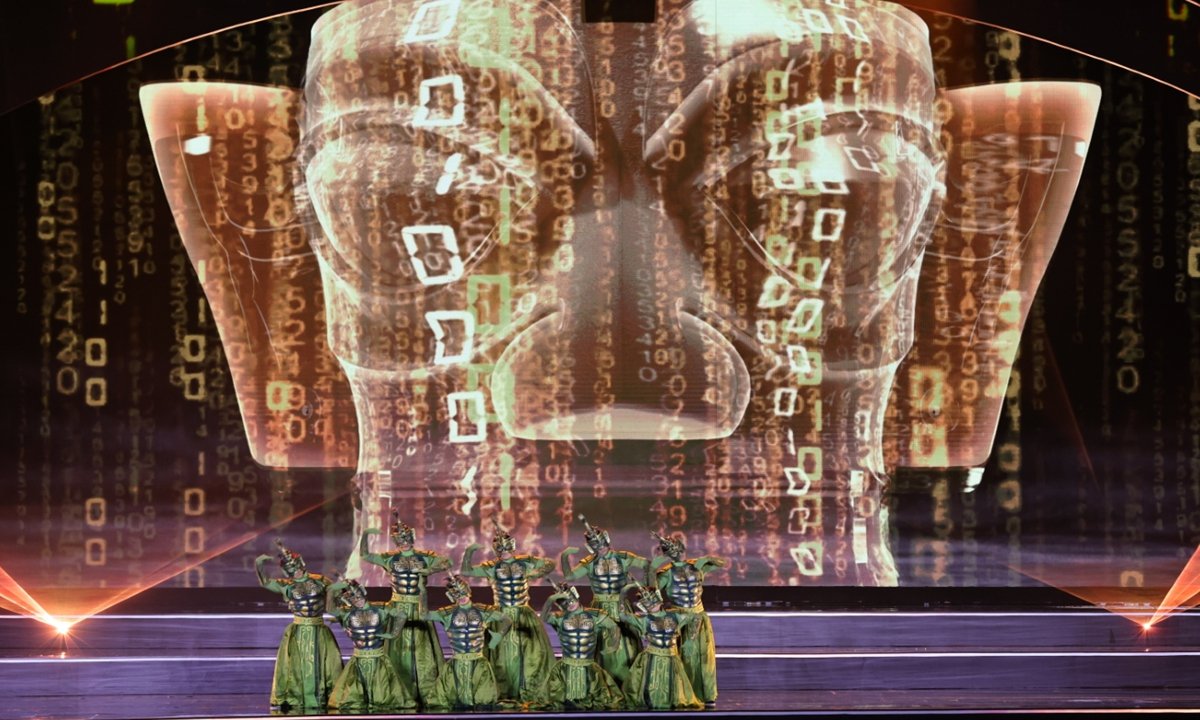In a significant move to advance the field of cultural relics preservation, China’s State Administration of Cultural Heritage, in collaboration with 13 other departments, has recently issued a comprehensive list of 22 recommendations. These recommendations aim to bolster technological innovation in the cultural heritage sector, marking a pivotal step towards a more integrated and advanced approach to preserving China’s rich historical legacy.
The key focus of these recommendations is to address current gaps and enhance China’s capabilities in the field of technological archaeology. Cultural policy expert Song Weiping explained that the goal is to create a systematic operational manual for niche fields within cultural preservation. A critical issue identified is the fragmentation of research institutions specializing in technological archaeology. Currently, these institutions are scattered, with resources being too singular and limited. Integrating these separate research resources is seen as a vital strategy to strengthen China’s overall power in this specialized field.
Talent development is another major area of focus. The recommendations suggest a two-pronged approach to talent training. The first is the introduction of more major courses related to cultural relic preservation in higher education institutions across the country. The second approach aims to revamp the job structure in cultural heritage institutions, making it more flexible and conducive to attracting talents.
Interdisciplinary academic backgrounds are highly valued in this initiative. Cultural expert Xu Shuming noted that interdisciplinary research methods, encompassing fields like digital restoration and the conservation of immovable relics, are already prevalent in many archaeological sub-disciplines. The future of cultural relics conservation is expected to forge even stronger links with science disciplines such as computer science and chemistry, highlighting the need for a diverse talent pool.
The November instruction sets two key goals. In the short term, within the next two years, it envisages the establishment of several national and regional research institutes. These institutes will serve as hubs for local digital innovation resources. For instance, a dedicated research center for technological archaeology has already been established at Fudan University in Shanghai, focusing on projects in the Yangtze River delta area.
By 2035, the plan envisions the creation of a scientific and technological innovation network for cultural relics. This network will function as a collaborative platform, allowing scholars and researchers to exchange views, skills, and to find partners for unique projects, as explained by archaeologist Yu Pei’er.
This initiative aligns with China’s ongoing major national-level archaeological projects, which include research into the origins of Chinese agricultural history, human evolutionary theory in China, and the tracing of Chinese civilization’s origins. The new recommendations underscore the importance of leveraging the internet to disseminate China’s archaeological achievements globally.
International cooperation is also a key component of the plan. It encourages Chinese experts to engage in comparative research of Chinese and world civilizations, fostering a global dialogue and knowledge exchange.
The involvement of prominent departments, including the Ministry of Culture and Tourism of China, the Ministry of Education, and the Ministry of Science and Technology, underscores the comprehensive nature of this initiative. Through these collaborative efforts, China is poised to make significant strides in preserving its cultural heritage, leveraging technology, and fostering international cooperation in the field.
READ MORE:
